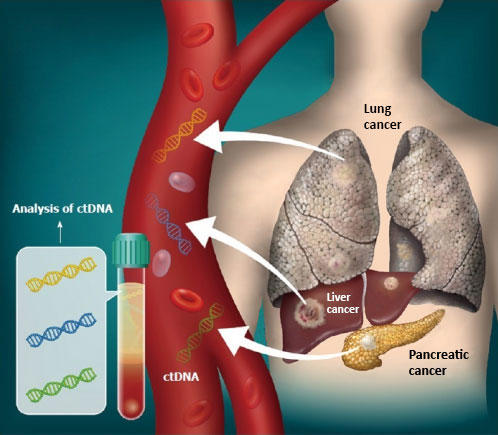Ten years ago, a cancer patient in Sweden was treated with CAR T-cell therapy for the first time. Today he is cured. Several challenges remain before the treatment can be given to everyone who could benefit from it, and how to achieve this was one of the questions discussed at the SWECARNET network's annual education day.
CAR T-cell therapy is a relatively new type of immunotherapy that has revolutionized cancer care. Simply put, the treatment involves reprogramming the immune system's T-cells (white blood cells) so that they can more effectively identify and destroy tumor cells.
The SWECARNET network was founded to address challenges related to the implementation of CAR T-cell therapy in Sweden and to serve as a meeting place for knowledge exchange between different stakeholders.
At the education day November 20, current research was presented, and it was noted that the results from clinical studies give great hope for the future.
"CAR T is here to stay," summarized Gunilla Edblad, professor and senior physician in oncology in Uppsala, who, together with her colleagues, performed the first treatment in Europe ten years ago.
However, many challenges remain, both in terms of developing methods and making the treatment available to patients in Sweden.
"With the patient at the center, these are challenges that academia, healthcare, the pharmaceutical industry, and policymakers can, and need to, solve together," said Stephan Mielke, senior physician and professor of hematology and cellular therapy at Karolinska Institutet. The SWECARNET network exists to facilitate this collaboration.
Improved conditions with the updated cancer strategy?
Cell and gene therapies represent a paradigm shift in cancer treatment, but they also place new demands on how healthcare is organized. National coordination can be a way to enable equal care across the country, and an update of the national cancer strategy is currently underway.
Mef Nilbert, professor and senior physician in oncology, and the government's special investigator of the strategy, participated via link and explained the current status of the work. She encouraged the network to really take the opportunity to participate in the upcoming consultation round and, based on the expertise available, formulate needs and propose solutions.
This was also one of the conclusions reached by the participants in the subsequent panel discussion.






